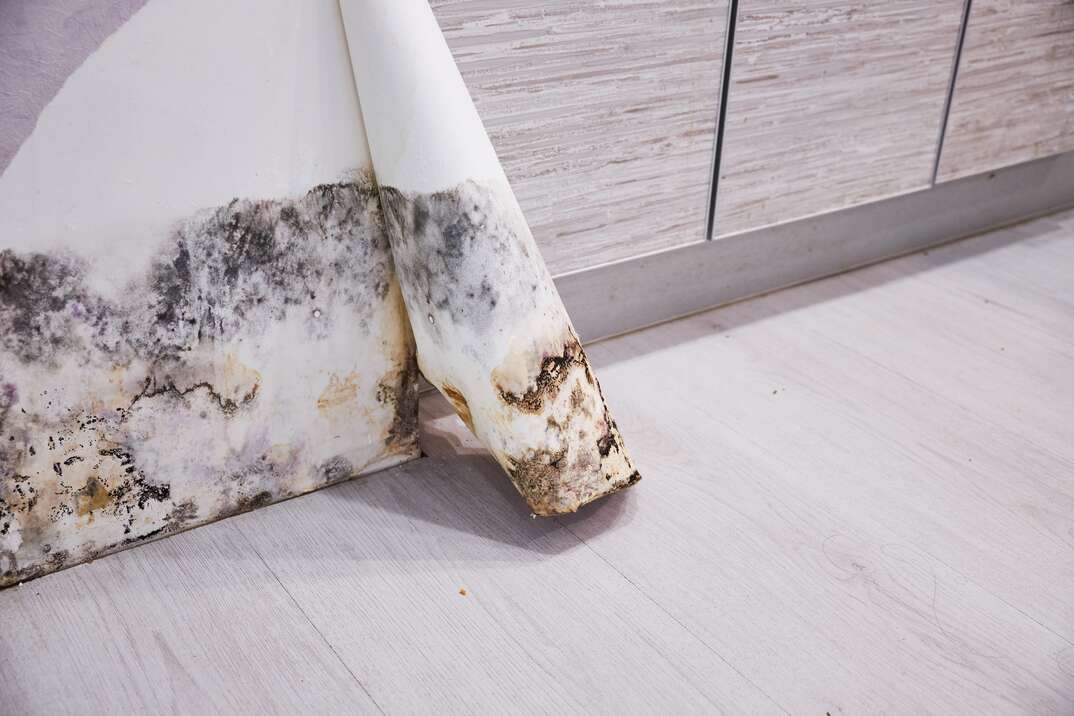Your Ultimate Guide to Blog Post Mold Remediation Techniques
Browsing the realm of post-mold remediation techniques is a careful process that requires interest to information and a thorough understanding of the ins and outs included. In the results of mold and mildew infestation, recognizing just how to successfully eliminate the mold and avoid its reoccurrence is vital for preserving a healthy interior atmosphere. From picking the best cleansing and decontaminating approaches to executing methods for long-lasting mold and mildew prevention, each action in the remediation trip plays a critical function in making sure a successful outcome. As we start this exploration of post-mold remediation methods, we will certainly reveal the key methods and best methods that can aid you restore your space to its pre-mold problem and safeguard it against future mold dangers.
Recognizing Post-Mold Remediation Refine
After finishing the mold and mildew remediation process, it is vital to understand the post-mold remediation methods that are necessary to make sure a efficient and comprehensive clean-up. When the mold and mildew has actually been removed, the next action includes cleaning and decontaminating the influenced locations to stop any kind of regrowth of mold and mildew. This consists of using specialized cleaning up agents to wipe down surfaces and kill any kind of remaining mold spores. It is vital to dry the location totally to prevent the growth of mold and mildew in the future (Post Mold Remediation). Appropriate air flow and dehumidification can aid in this procedure.
In addition, performing a last inspection post-remediation is essential to make sure that all mold and mildew has been effectively removed. If the inspection exposes any type of sticking around mold and mildew, added removal might be required.
Effective Cleaning Up and Sanitizing Approaches

Stopping Future Mold Development

Relevance of Proper Ventilation
Appropriate ventilation plays an essential duty in stopping wetness buildup, a crucial consider mold growth within interior atmospheres. Effective ventilation systems help eliminate excess moisture from the air, decreasing the possibilities of mold spores locating the dampness they require to spread and germinate. Without ample ventilation, indoor rooms can come to be a breeding ground for mold and mildew, bring about potential wellness dangers and architectural damage.
By making sure correct air blood circulation, ventilation systems can additionally aid in drying out damp locations extra swiftly after water damages or flooding cases, better discouraging mold and over here mildew growth. Post Mold remediation cleaning. Precede like shower rooms, attics, basements, and cooking areas where wetness degrees have a tendency to be higher, setting up and keeping reliable air flow systems is important in stopping mold and mildew infestations

Monitoring and Maintenance Tips
Given the important function that proper air flow plays in stopping mold and mildew development, it is imperative to develop reliable monitoring and maintenance ideas to make sure the continued performance of ventilation systems. Routine evaluations of ventilation systems must be conducted to look for any indicators of clogs, leaks, or breakdowns that can hamper correct airflow. Tracking humidity levels within the residential or commercial property is also vital, as high humidity can contribute to mold development. Setting read this article up a hygrometer can assist track moisture degrees and sharp property owners to any type of spikes that might require focus. In addition, guaranteeing that air filters are frequently cleaned up or replaced is vital for maintaining the effectiveness of the air flow system. Executing a schedule for routine maintenance tasks, such as air duct cleansing and a/c system inspections, can help stop concerns prior to they escalate. By remaining aggressive and conscientious to the problem of air flow systems, homeowner can effectively minimize the danger of mold regrowth and keep a healthy and balanced interior atmosphere.
Conclusion
In conclusion, post-mold remediation methods are important for ensuring a safe and clean environment. Recognizing the process, implementing effective cleaning and decontaminating techniques, protecting against future mold growth, keeping appropriate ventilation, and normal surveillance are all vital actions in the removal procedure. By complying with these guidelines, you can successfully get rid of mold and mildew and avoid its return, working or advertising a healthy living space for all residents.
In the aftermath of mold invasion, recognizing how to properly remove the mold and prevent its reoccurrence is extremely important for preserving a healthy interior atmosphere. As soon as the mold has been eliminated, the next action includes cleaning and decontaminating the influenced areas to stop any regrowth of mold - After mold remediation. After getting rid of visible mold development, it is essential to clean all surfaces in the afflicted location to remove any continuing to be mold spores. To even more improve mold prevention steps, it is important to deal with underlying problems that at first led to mold and mildew development.Offered the vital function that correct air flow plays in avoiding mold and mildew growth, it is necessary to establish reliable surveillance and maintenance suggestions to make sure the continued capability of air flow systems